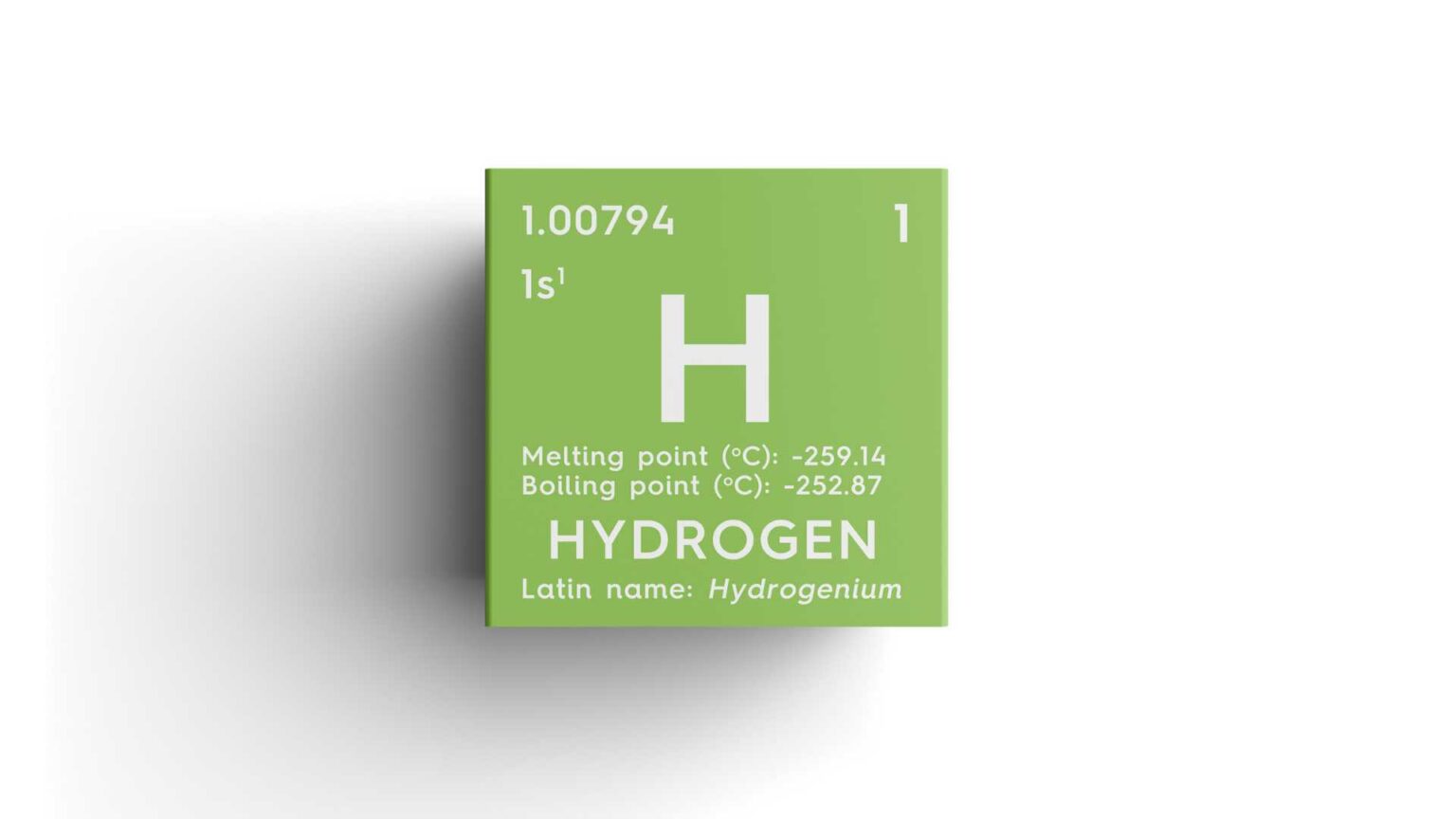Compact Syngas Solutions, a Welsh waste-to-hydrogen company based in Deeside, has unveiled an innovative and economically viable method for producing high-purity hydrogen from syngas.
This breakthrough technology not only holds the promise of scalable implementation but also integrates power generation and carbon capture, marking a crucial advancement in the pursuit of sustainable energy solutions.
Compact Syngas Solutions took matters into its own hands by designing its unique system when faced with challenges in finding suitable equipment suppliers for research and development. The company’s efforts have not gone unnoticed, securing £4 million in government funding specifically earmarked for advancing carbon capture technology associated with their groundbreaking hydrogen production process.
Paul Willacy, Managing Director of Compact Syngas Solutions, emphasized the pivotal role this technology could play in helping the UK achieve its ambitious 2050 net zero target. He highlighted the contribution of small companies, like his own, as trailblazers in driving innovation towards a cleaner and sustainable hydrogen-powered future. Willacy expressed openness to collaboration, recognizing the potential value of their know-how to other companies invested in the sector.
The company’s two-stage, low-pressure process begins with gasification, achieved by heating biowaste in a low oxygen environment. Diverse feedstocks, including compost, waste wood, wood chips, refuse-derived fuel pellets, tea plant clippings, and bagasse (a by-product of sugar production), are utilized in this process. The outcome is syngas from which hydrogen, reaching up to 98% purity, is extracted. An additional benefit is the creation of biochar, a solid by-product that finds applications as a soil additive, animal feed, and fuel, concurrently capturing carbon from the production process.
Compact Syngas Solutions envisions constructing more than 50 hydrogen modules across 15 sites. This ambitious plan aims to produce 3,000 tonnes of hydrogen annually, generating 12.4 MW of electricity and capturing a significant 190,000 tonnes of carbon each year.
The company’s trials and methodology have been documented in a paper published in the Chemical Engineering Transactions publication, underlining the commitment to transparency and knowledge-sharing in the pursuit of sustainable solutions.
